
Readying Urban Forests for Climate Realities with Garden Futurist Dr. Greg McPherson

Contributor
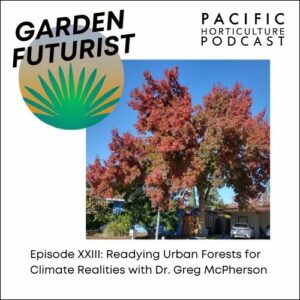 Winter 2023
Winter 2023
Listen to the Podcast here.
“Going from the mow and blow to a more horticulturally knowledgeable approach to maintaining the landscape. And that that’s a big change. That’s a really big change, but basically we’re increasing the canopy cover and we’re cooling, we’re greening, we’re storing more carbon. We’re providing all these benefits, and one of the biggest being the wildlife. All the nature that’s coming to this habitat. So that would be my vision for a future that it’s more of a climate-ready landscape, less of the unused grass.”
Dr. Greg McPherson, research forester with the USDA Forest Service, Pacific Southwest Research Station, emeritus, in Davis, California.
#ShareTheShade | #LifeNotLawn
Sarah Beck: You’re listening to Garden Futurist. I’m Sarah Beck, here with Adrienne St. Clair. Hi, Adrienne.
Adrienne St. Clair: Hi, Sarah.
Sarah Beck: Today we’re going to share an interview with someone who has been at the forefront of research on the impacts of climate on the urban forest.
Adrienne St. Clair: Yeah. He’s really been a garden futurist before most people were even thinking about how neighborhoods might be affected by this changing climate.
When we’re thinking about neighborhoods, those trees that we have are a great connection to the natural environment.
Sarah Beck: It’s so true, right? When you’re in an urban space, the trees are like your lifeline to nature.
Adrienne St. Clair: And he’s spent a huge investment of time looking at this issue of tree survival in urban areas.
Sarah Beck: I interviewed Greg McPherson, research forester with the USDA Forest Service, Pacific Southwest Research Station, emeritus, in Davis, California.
We jump right in with a discussion about a research project called Climate Ready Trees. For 25 years, this study has evaluated the ability of promising but underutilized species to tolerate stressors of future climates. In doing so, they hope to shift the palette of tree species that will make urban forests healthier and more resilient.

When many of us think about the US Forest Service, we’re thinking about sometimes these really large tracts of land. We think of how the Forest Service oversees just massive areas, especially in the West, and yet the Forest Service is also extremely interested in urban forest.
I’m really curious why you started focusing on urban trees in terms of these climate concerns?
Greg McPherson: Yeah, that’s a great question. And I think the term urban forest maybe is an oxymoron. People maybe don’t understand what it means, but we define it as the entire assemblage of vegetation in cities, but we focus on the trees because most of the biomass in the urban forest is in the trees. So in a way, they’re the most important component of the entire urban forest.
And it’s important to us, because that’s where people live, work, and play. And the urban forests provide a whole host of services that benefit us as residents of cities. And the planting and stewarding of trees is a way that urbanites who may otherwise be kind of divorced from nature can connect with nature, through the process of just digging a hole and putting the hands in the ground and nurturing something, watering it, pruning it, and caring for it.
Sarah Beck: That makes so much sense because the urban space is where the people are, and if you’re talking about connecting people to that ecosystem, that’s where you can find them.
So how long has the Climate Ready Trees research been going on, and how did you get involved?
Greg McPherson: Well, it’s been going on about 25 years, Sarah, and actually began when I took my first academic job after I got my PhD, went to University of Arizona. I taught plant materials and urban forestry. And then joined the Forest Service, led the Chicago Urban Forest Climate Project for a few years, and moved to Davis.
And when I moved to Davis, I realized the summers were hot and dry and not unlike what it was like living in Tucson. I knew a nurseryman and he very graciously agreed to send an 18-wheeler full of 42 large box trees from the desert. Seven different species, six of each. Planted those out in Sacramento and in Davis.
So this was 1999, so that’s about 23, 24 years ago. And been following those, measuring them, and watching them. In fact, I’ve got one in my front yard and one in my backyard.
Sarah Beck: So they survived the ride on the 18-wheeler?
Greg McPherson: They survived the ride. And yeah, a lot of them are still doing great. So that was kind of an informal study. And then we developed, I guess, a more rigorous study plan in 2015 when we got some funding from the Britton Fund, which is the International Society of Arboriculture group.
So for some of these trees, I’ve been watching them for close to 25 years, for others, maybe seven or eight years.
Sarah Beck: Really what you’re talking about is making cities more livable places and creating urban spaces where people will be able to continue to connect to nature. It’s powerful stuff.
Greg McPherson: It is, it is. I think our urban forests are critical to our quality of life. Their health is kind of a barometer of our success in creating livable cities.
There’s pressure from people on our trees. We have a big movement towards infill development, and I understand that, but that’s squeezing greenery out of areas that need it the most, where there’s less to lose to begin with.
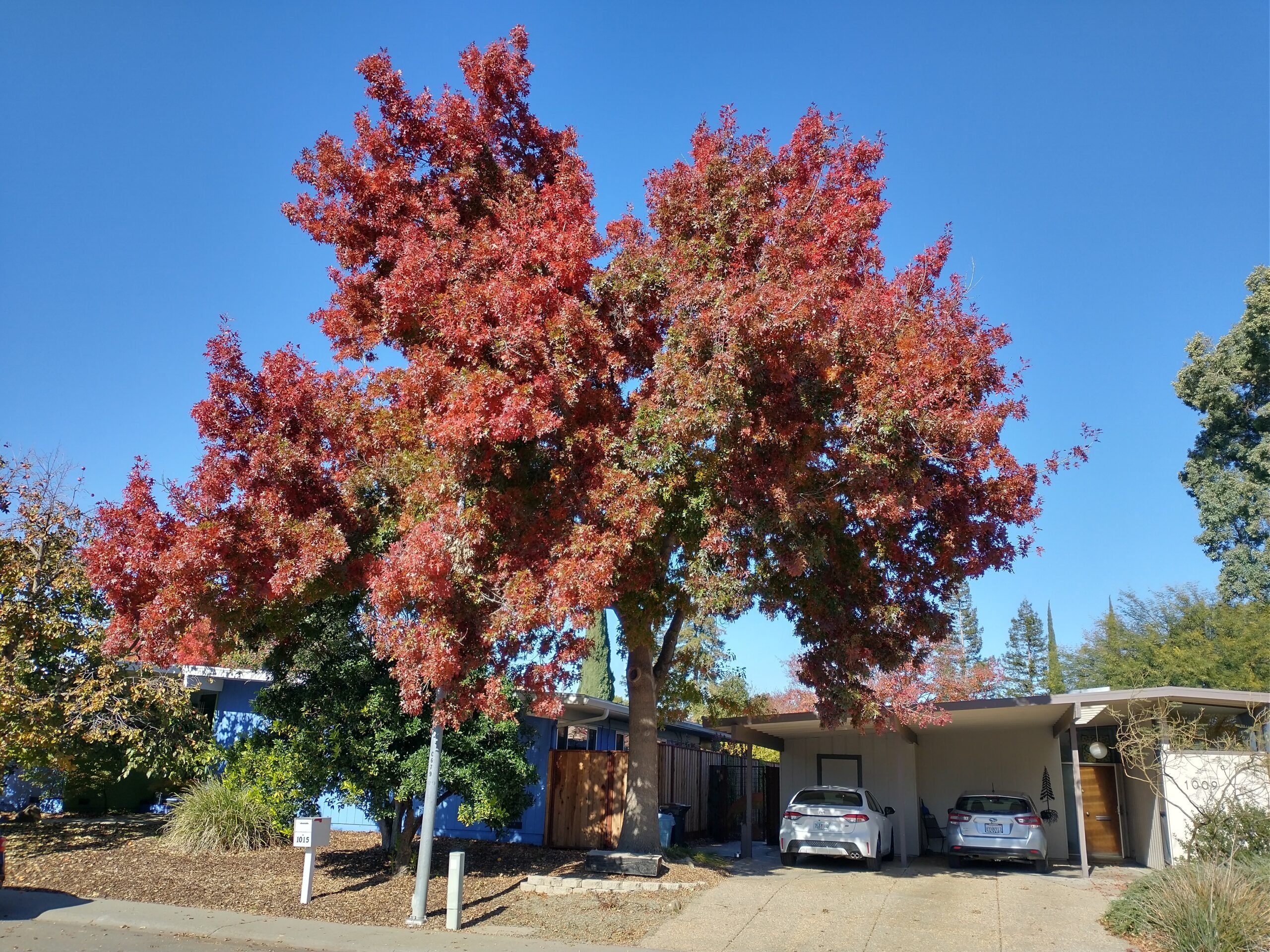
We have climate related stresses. We’ve talked about pests, heat, drought. In combination with that, we have—in parts of our cities—an aging urban forest, because we had the post-World War II housing boom. So we have trees that are 50, 60 years old, and many of them are species not necessarily tolerant to heat or drought, and also vulnerable to pests.
What that says to me is we need to really aggressively transition by removing and replacing those trees, especially the ones that are most likely to fail.
Sarah Beck: When you’re thinking about these trees, I’m curious what characteristics you started looking for in terms of those services. Thinking about climate pressure, I know we think about things like extreme temperature and drought. Were you thinking about habitat? Were you thinking about other things as well?
Greg McPherson: Yeah, I spent 30 years with a team of researchers measuring, modeling, and monetizing some of the ecosystem services that trees and cities produce.
When people say, “What’s the value of a tree?” I think most of us would say that the value of a tree is, it’s priceless. It’s priceless. But in the society in which we live, value is oftentimes reflected in dollars and cents.
So I think we were among the first to really be able to attach a dollar and cent value to the heating, cooling savings that trees provide, to the value of air pollutant uptake and creating healthier air to breathe, the carbon sequestration and storage by trees. Rainfall interception. The driest place when it’s raining is under a tree. So that’s another hydrologic benefit of trees in our cities. Trees increase property values.
So we focused on those ecosystem services because they’re tangible to us.
Sarah Beck: How did you select the trees that you started with?
Greg McPherson: First of all, talking with horticulturists to ask them in terms of promising species that were very drought tolerant and capable of withstanding increased summer heat. Very low water use was one of the major criteria. But we also wanted trees that would be pest and disease resistant because a threat is increasing numbers of invasive pests from overseas and that can destroy trees really quickly.
We looked at drought tolerance, wind tolerance, salt tolerance, and cold hardiness as physiological factors to score. And then we had criteria like invasiveness, because we don’t want to be introducing species that we know can be invasive, as well as vulnerability to pests and disease.
The trees are watered initially. They’re planted on 20-foot centers. And so that’s a really good growing condition.
Sarah Beck: They’re happy. They’re super happy.
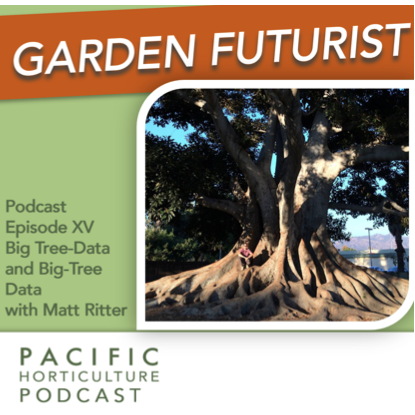
Greg McPherson: They’re very happy. Oh my god, they’re so happy.
We have two replicates in each of four parks. So there are four parks in Sacramento that have two each. So, yeah. Some of them have soil issues. Some of them are like next to soccer fields, where it’s irrigated turf. Some of them are in semi-natural kind of areas, drip irrigated.
It’s a real hodgepodge. They don’t really get much maintenance. And every year, for the first five years, we’ve measured the size of the trees, each of the trees, and we’ve seen whether it’s living or not, and recorded information on evidence of pest or disease, the overall health of the tree. We’re beginning to do that every other year after those first establishment years.
Of course one of the challenges is the zombie trees, like we have a site that’s called Fisherman’s Lake, north of Sacramento. And one of the trees had been cut down by a beaver, and you could see the gnawing beaver marks. And so we had recorded it then as dead, but it sprouted from the base.
Sarah Beck: Oh, that’s what you mean by the zombie.
Greg McPherson: It’s come back. It’s a fighter.
Sarah Beck: So is there a protocol for when you’ve recorded a dead tree in the research and it becomes alive again?
Greg McPherson: That’s been a challenge, and we don’t always agree.
Sarah Beck: You’re talking about a lot of years of research. I know that you had to make a lot of tough decisions along the way, in terms of narrowing the scope of this. I know you focused in on really three parts of California. I’m just curious if you could walk me through how you selected those regions.
Greg McPherson: Yes. Well we began with the Northern Central Valley, because that’s where we lived and worked and that was easiest for us, a good place to start.
And then shortly after that, we extended it to the Inland Empire and coastal Southern California. And the two climate zones there, which are distinct, with an inland climate versus a coastal climate. We had cooperators there with cooperative extension, Janet Hartin and Darren Haver and Jim Downer in the coastal areas. So they were really helpful in terms of providing sites and helping us get the research established and keeping it going.
Sarah Beck: Can we get into some actual specific species that you’re excited about?
Greg McPherson: Yes. So from the more recent study, trees planted on the order of seven years ago, some of the ones that seem to be doing really well in Northern California are the Canby oak (Quercus canbyi), and the desert-willow (Chilopsis linearis), the shoestring acacia (Acacia stenophylla). The White Shield, the Osage orange (Maclura pomifera), there’s a cultivar called ‘White Shield’, it has white flowers in the spring. Emerald Sunshine elm (Ulmus davidiana var. japonica ‘Emerald Sunshine’), which is one of the hybrid elms, it’s resistant to Dutch elm disease. And the thornless mesquite (Prosopis chilensis). I would say those are the ones that are doing the best so far.
And then from the earlier study with the seven species that we began about 24 years ago, the Red Push pistache (Pistacia x ‘Red Push’), and the Texas red oak (Quercus buckleyi), and the Texas live oak (Quercus fusiformis) are doing pretty well.
Sarah Beck: Your work has evolved to include a really multidisciplinary conversation. You’ve got arborists and designers and growers all involved in climate-ready trees research now, and the public. What are the conversations you’re having with all of these different players? Thinking about these arborists, it sounds like you’re not just working in a vacuum. You’re really connecting across all of these disciplines.
Greg McPherson: Yeah, we are. We have to, because we are an ecosystem. We are an organism, trying to keep the planet green, keep our cities green. If we’re really going to shift the palette of trees from maples and the ashes to the climate-ready species, we need to have increased availability of locally grown climate-ready trees.
That’s the problem. And we faced that head on when Tree Davis had this grant from Cal Fire to plant a thousand trees, and probably half of those were climate-ready species that were really hard to get ahold of.
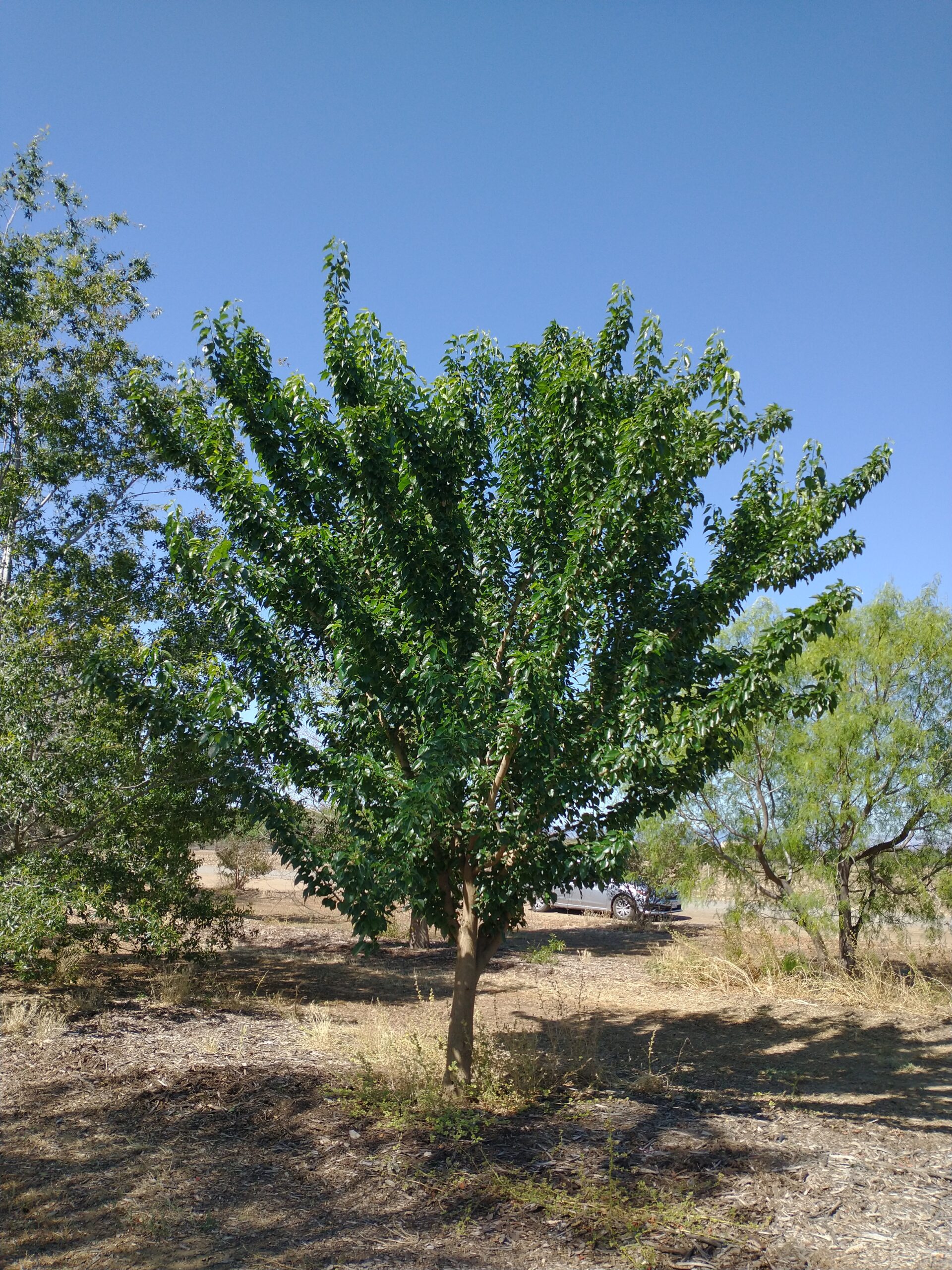
We realized we need to be able to have these trees available in the nurseries where we go, near where we live as the demand warrants. I pulled together a meeting of nursery people and arborists and designers and urban foresters to come up with one unified collaborative list that would have regulatory teeth because it would be in the city’s tree ordinance and in the parking lot shade tree ordinance. There would be incentives for purchasing those trees.
In a way, we’re trying to stimulate the demand for these climate-ready trees by developing a unified list and then reaching out to the growers and the retail nurseries, the landscape architects and professionals, the nonprofits, with the lists, and to try to get the nurseries to grow them, and the landscape architects to spec them in their designs.
Sarah Beck: This is where this gets really exciting. You’re really creating a model for looking at climate-ready trees at possibly anywhere where there’s climate pressure.
Greg McPherson: Yeah, I think it’s an approach that could be followed anywhere in terms of coming together. It’s kind of a bottom up, grassroots approach, instead of some experts parachuting in with a list and say, “Here’s your list.”
We want to make sure that this is really a living document that will be reviewed every year, every other year, and updated, and it will change as we learn more from our observations, it’s dynamic. It’ll be web-based, and hopefully it’ll be continuously improving as we add new knowledge.
Sarah Beck: So, as a model and more broadly, it sounds like what you’re saying is that as trees are identified through the research, there needs to be more cooperation for propagating, trying out, getting these trees disseminated into some of these real-life situations that you’re talking about, where they can be tested.
Greg McPherson: Yes, yes.
Sarah Beck: Oh, I think this is incredible. This is so much along the lines of what we love at Garden Futurist, this idea of these innovative models and multidisciplinary conversations, looking at research, looking at new techniques involving design.
Can the home gardener have a role in this? Are there things that are on your current list you think folks should be trialing themselves?
Greg McPherson: I would love that.
I think everyone has a certain amount of risk that they’re willing to take with their investments in their garden, and some people are inveterate in their tinkering. They expect that they’re going to lose things. Others, not so much that way.
Sarah Beck: So those willing to be bold, perhaps.
Greg McPherson: Yeah, yeah. Yeah, I think it would be great if arboretums and botanical gardens were offering opportunities for individuals that wanted to be part of a trial to do that and plant them in their backyards or their front yards or down the street in the green belt or whatever.
And then reporting back periodically. I think that would be wonderful. That’s exactly what we need is that kind of engagement. That would be very cool.
Sarah Beck: So if someone’s not necessarily ready to utilize their small bit of square footage on this, we’ve talked to Matt Ritter about SelecTree and discussed the need for communities and cities to have up-to-date tree inventories.
Are there some roles that community members can have just in terms of advocacy around some of this?
Greg McPherson: One way is in terms of engaging around the management of the urban forest in your community, and the need to be exploring these different species, and to be developing management objectives that are aimed at phasing out certain species. Species that are, should we say, outdated, that are not well adapted to the future and replacing them with climate-ready species.
Sarah Beck: So what’s the vision for the most optimistic outcome that you see with this research being applied in the future in cities all throughout the Pacific region? What would that look like?
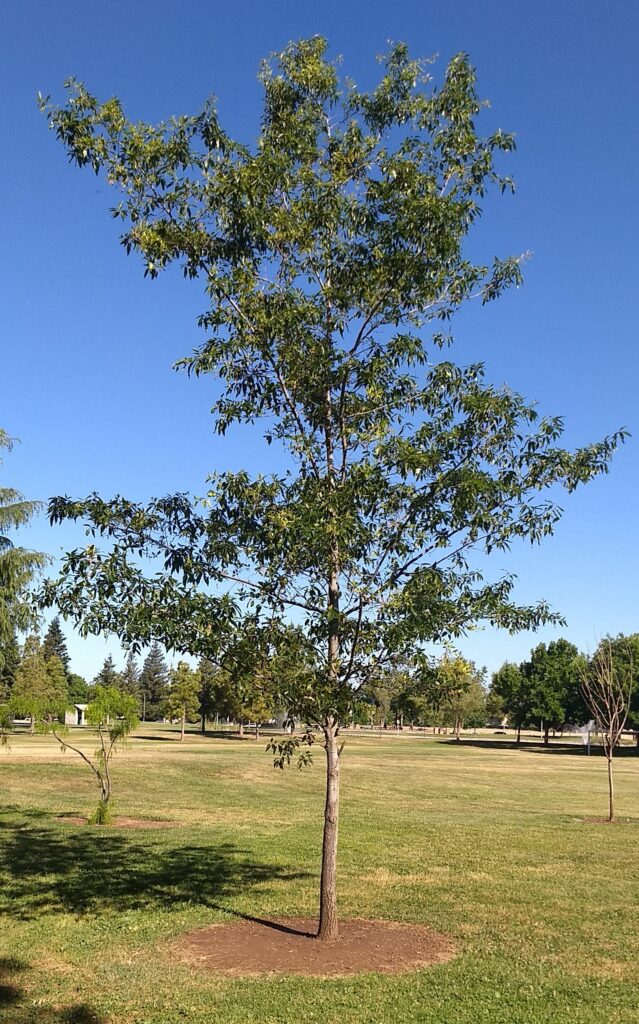
Greg McPherson: Partly because specifically one of the things we’re doing at Tree Davis is replacing turf in green belts and parks that’s not used with climate-ready landscapes. It includes climate-ready trees, but also understory. These are the native grasses, the perennials, the small shrubs, and the larger woody shrubs that create the food webs, habitat for pollinators, and increased biodiversity of the landscape.
Going from the mow and blow to a more horticulturally knowledgeable approach to maintaining the landscape. And that that’s a big change. That’s a really big change, but basically we’re increasing the canopy cover and we’re cooling, we’re greening, we’re storing more carbon. We’re providing all these benefits, and one of the biggest being the wildlife. All the nature that’s coming to this habitat. So that would be my vision for a future that it’s more of a climate-ready landscape, less of the unused grass.
Sarah Beck: We call that #LifeNotLawn. That’s our hashtag.
Greg McPherson: #LifeNotLawn.There you go. So my hashtag is #ShareTheShade
Sarah Beck: Oh, #ShareTheShade. Oh, I’ll have to use that, too. Love it.
Thank you for taking the extra time. I also really appreciate you correcting what I think might be a misperception of the term urban forest, in your mentioning all of that understory being part of it. That is actually an important point perhaps missed when we talk about this idea of urban forestry.
Greg McPherson: Oh, totally, totally. Because the richness, the biological richness, is in the understory. That’s where all the caterpillars and butterflies and birds and especially the soil, which we tend to forget because we don’t see it. But I somehow think that you will have richer soil when you have different types of plants growing.
Adrienne St. Clair: So something I found really interesting and awesome about this research is that they recognized really early on that in order to be successful with trying to change a palette of trees, you are going to have to meet all these different people where they’re at.
So when I think about urban trees, they’re at this intersection of all these different stakeholders. You’ve got the people that are designing spaces, and the requirements that they need for height or shape or aesthetic. And then you’ve got the growers who are able to produce that material. And if you don’t have growers growing something that you’re looking for, you’re not going to be able to get it.
And then you’ve got this public engagement side of it, where humans have a natural inkling to want beauty in their environment, and to want the benefits that come from all these trees. We know that there’s so many benefits to urban trees. There’s emotional and mental health benefits. There’s cooling and helping with protecting from extreme temperatures.
So these street trees, these urban trees, are really at this intersection of all these different people. And there’s this push and pull between all those different groups as far as what people are looking for and what you can provide. So they really seem to see that and try and reach into those different communities in order to help get this change moving.
Sarah Beck: You’re so right. In fact, I think what’s really interesting is that in order to facilitate that change, there is the interplay between those different stakeholders. So, as you mentioned, if you’ve got designers who are willing to, say, take the research-backed approach and take that list of trees, and start implementing new designs, which uses those trees, then you have this amazing ability to support growers in being able to afford to propagate more of that species.
As you mentioned, the public, oh my gosh. You can’t just go cutting down all the trees in the urban environment and not explain why and not get the public involved in that conversation, because they’re the ones benefiting most directly from that relationship with the trees.
It’s important to take that holistic approach, I think. The more and more that we make decisions about green infrastructure in urban environments, this is really what we’re hearing from a lot of the interviews that we’re doing with people who work in this space: you really can’t discount the opinions of all of the different people who part of that space.
Adrienne St. Clair: We all need to be garden futurists, together.
Resources
This article was made possible by the generous support of our sponsor: Bartlett Tree Experts
Share:
Social Media
Garden Futurist Podcast
Most Popular
Videos
Topics
Related Posts

Ground Up Science for Greener Cities with Garden Futurist Dr. Alessandro Ossola
Spring 2023 Listen to the Podcast here. Alessandro Ossola is a scientist who gets very excited about the challenge of climate change allowing for an

What Climate is This? Part Two – A Garden Futurist Special
Winter 2022 Listen to the Part 2 Podcast here. If you live in the Pacific region, you know that seasons in your garden look different
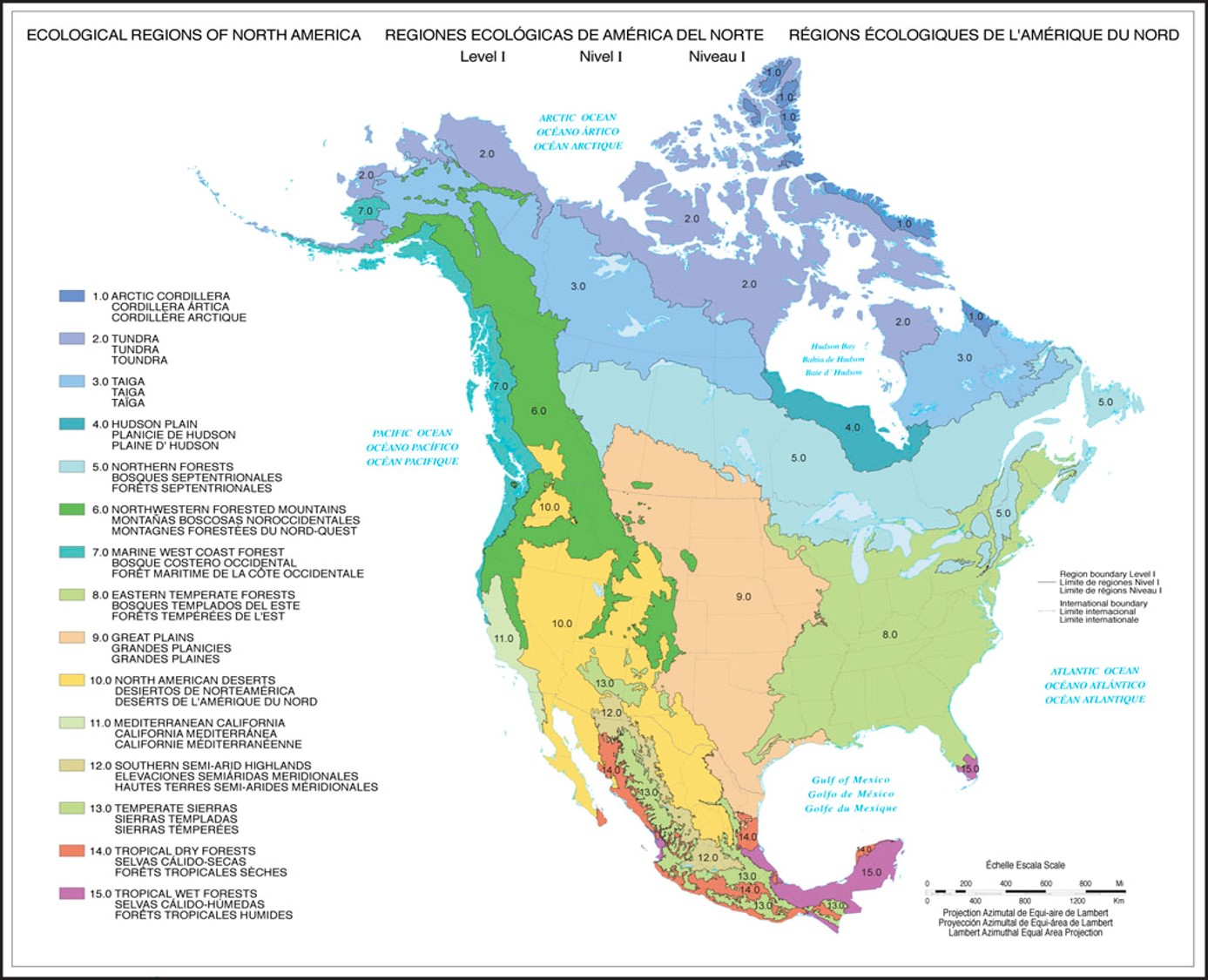
What Climate is This? Part One – A Garden Futurist Special
Winter 2022 Listen to the Podcast here. If you live in the Pacific region, you know that seasons in your garden look different from the
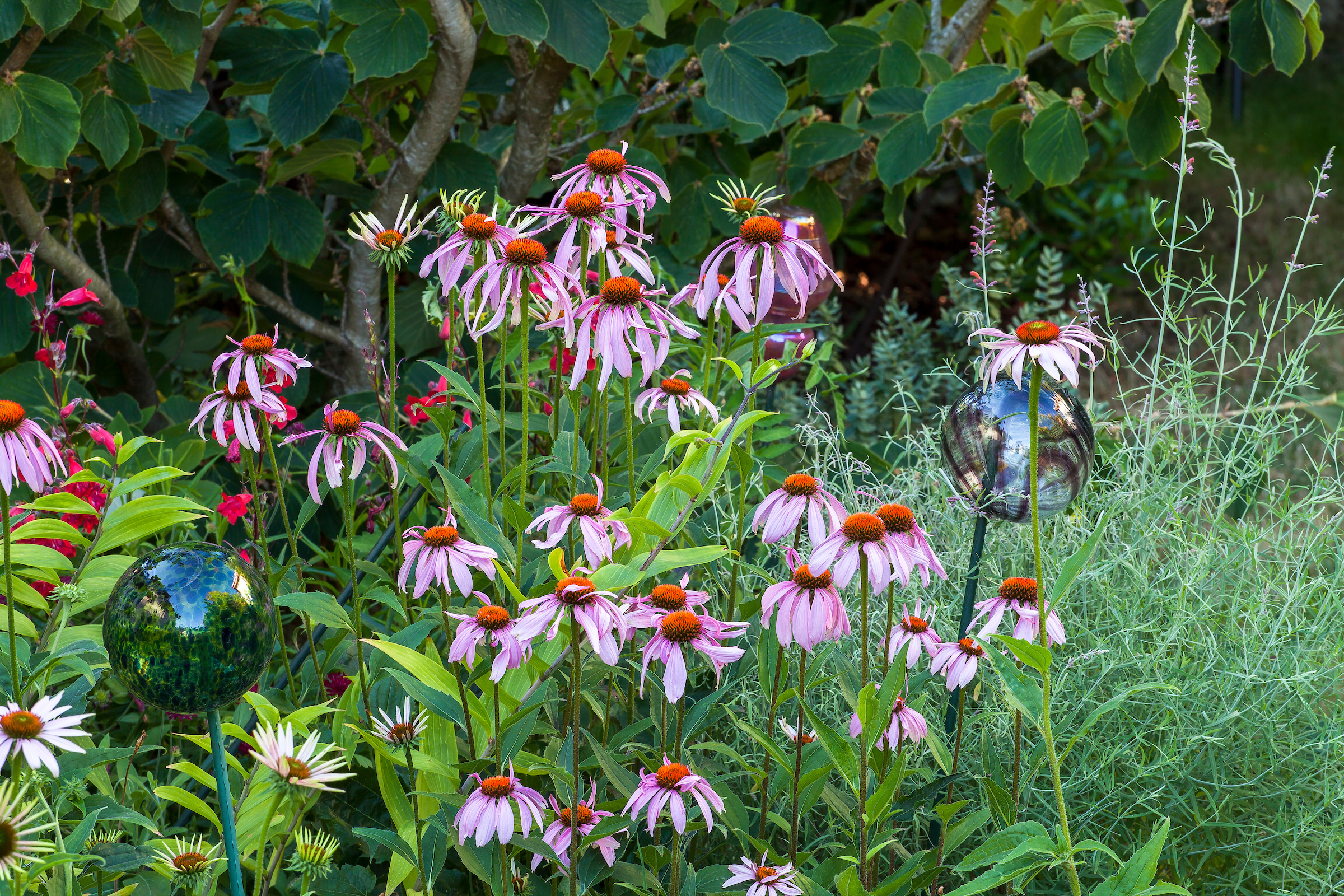
Frontiers of Soil: What Your Food Ate with Garden Futurists David Montgomery and Anne Biklé
Fall 2022 Listen to the Podcast Here. Guests David Montgomery and Anne Biklé talk with Garden Futurist about how they have used soil science, history,

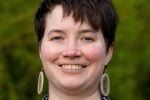
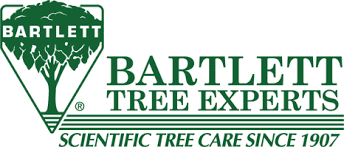








Responses